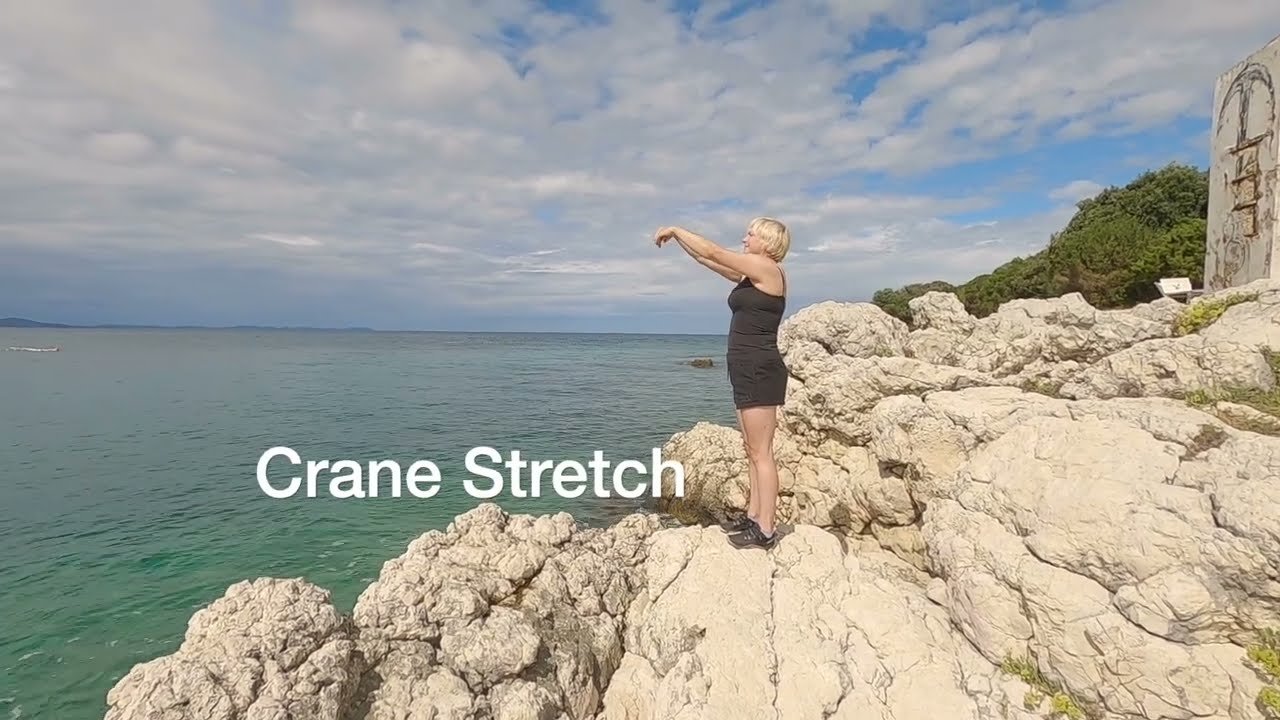This video we bring you about dao yin to you so you can watch and also have access to related topics and items, all in one place. You can learn and keep learning without distraction.
Five Animals Play Daoyin (Qigong)
Wu Qin Xi (五禽戏) – The Five Animal Frolics represents the earliest documented form of Medical Qigong in Chinese history, originating in the Eastern Han Dynasty (25-220 CE). Credited to the renowned Chinese physician and surgeon Hua Tuo (110-207 CE), who exhibited exceptional proficiency in surgery, acupuncture, herbalism, and demonstrated comprehensive knowledge of human anatomy. Historical records attribute to him the pioneering development of anesthesia techniques.
In addition to treating acute conditions, Hua Tuo promoted preventative health measures, emphasizing physical exercises for rehabilitation, recovery, and prophylaxis.
Wu Qin Xi comprises a series of Daoyin (to guide and pull stretching) exercises that emulate the movements of five animals: the tiger, deer, bear, monkey, and bird. These exercises aim to enhance flexibility and overall physiological well-being.
While the significance of Wu Qin Xi persisted throughout Chinese history and among Chinese diaspora communities globally, the paucity of surviving illustrated documentation, due to historical upheavals in China and worldwide, resulted in the evolution of multiple variations of the movements.
For allied health professionals, Wu Qin Xi offers an intriguing historical perspective on early physical therapy and preventative health practices, potentially informing modern approaches to holistic patient care and movement-based interventions.
